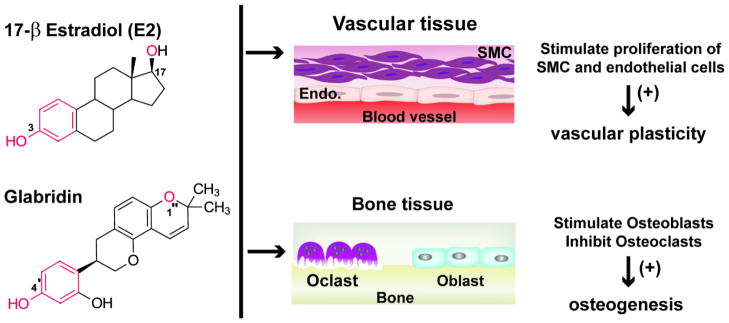Figure 6. Comparative Structures of Estradiol (E2) and Glabridin and Effects on Bone and Vascular Tissues.

According to Somjen et al. [82], several features are common to the structures of Glab and 17β-estradiol (E2). Both have an aromatic ring substituted with a hydroxyl group (C-4′ for Glab or C-3 for E2), and share three fused rings with an overall phenanthrene-like shape. Both molecules are also relatively lipophilic, containing additional oxygen, although in adjacent positions (17 in E2, 1″ in Glab). These characteristics features could explain the binding of Glab to ERs leading to health beneficial effects in estrogen-responsive tissues such as bone and vascular tissues. Glab has been demonstrated to exert ER mediated osteogenic effects by stimulating the functions of osteoblasts (Oblast), while inhibiting the development of osteoclasts (Oclast). In addition to its anti-atherogenic properties, Glab has been shown to stimulate the proliferation of vascular smooth muscle cells (SMCs) and endothelial cells (Endo), altogether promoting the vascular plasticity.
